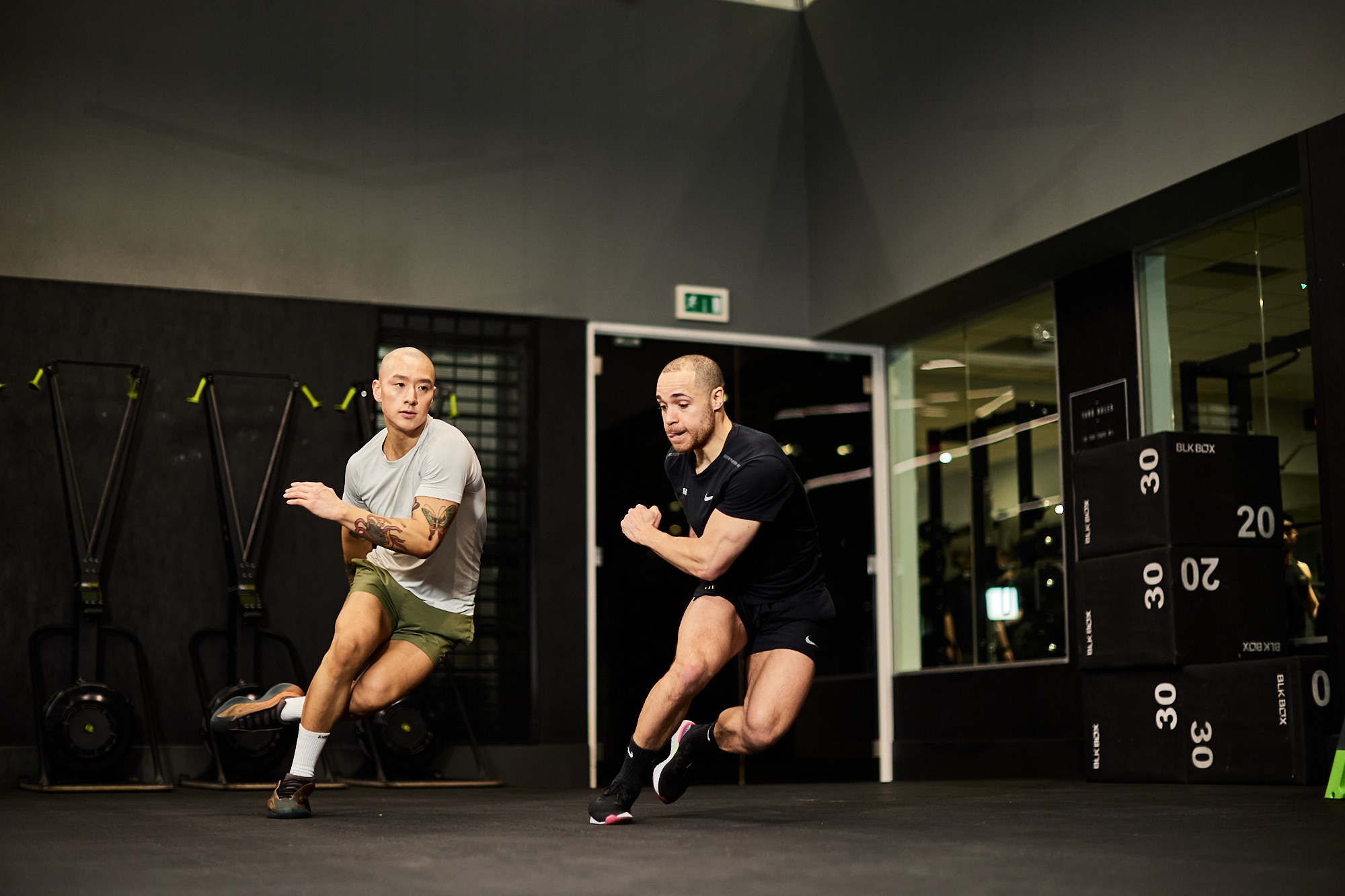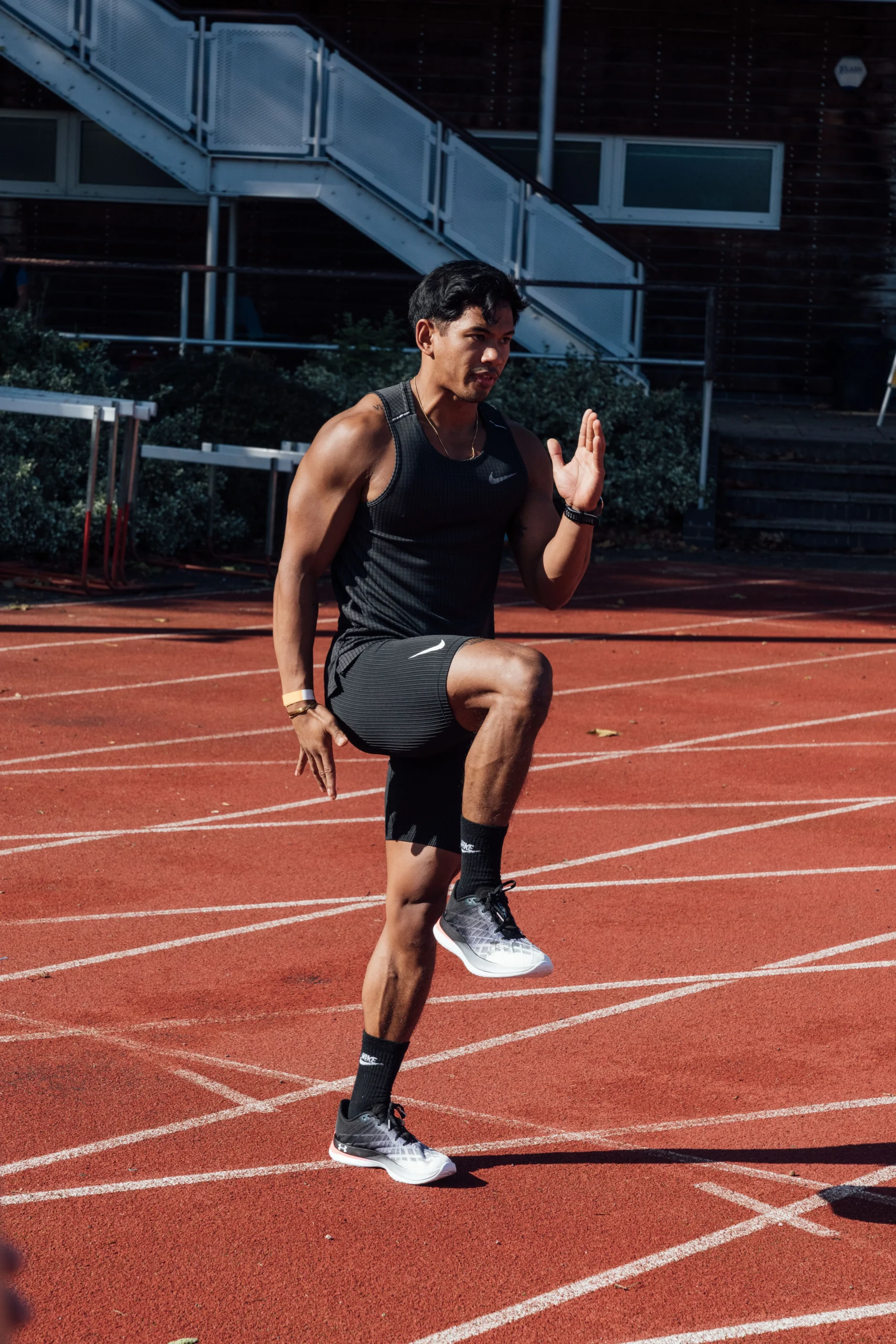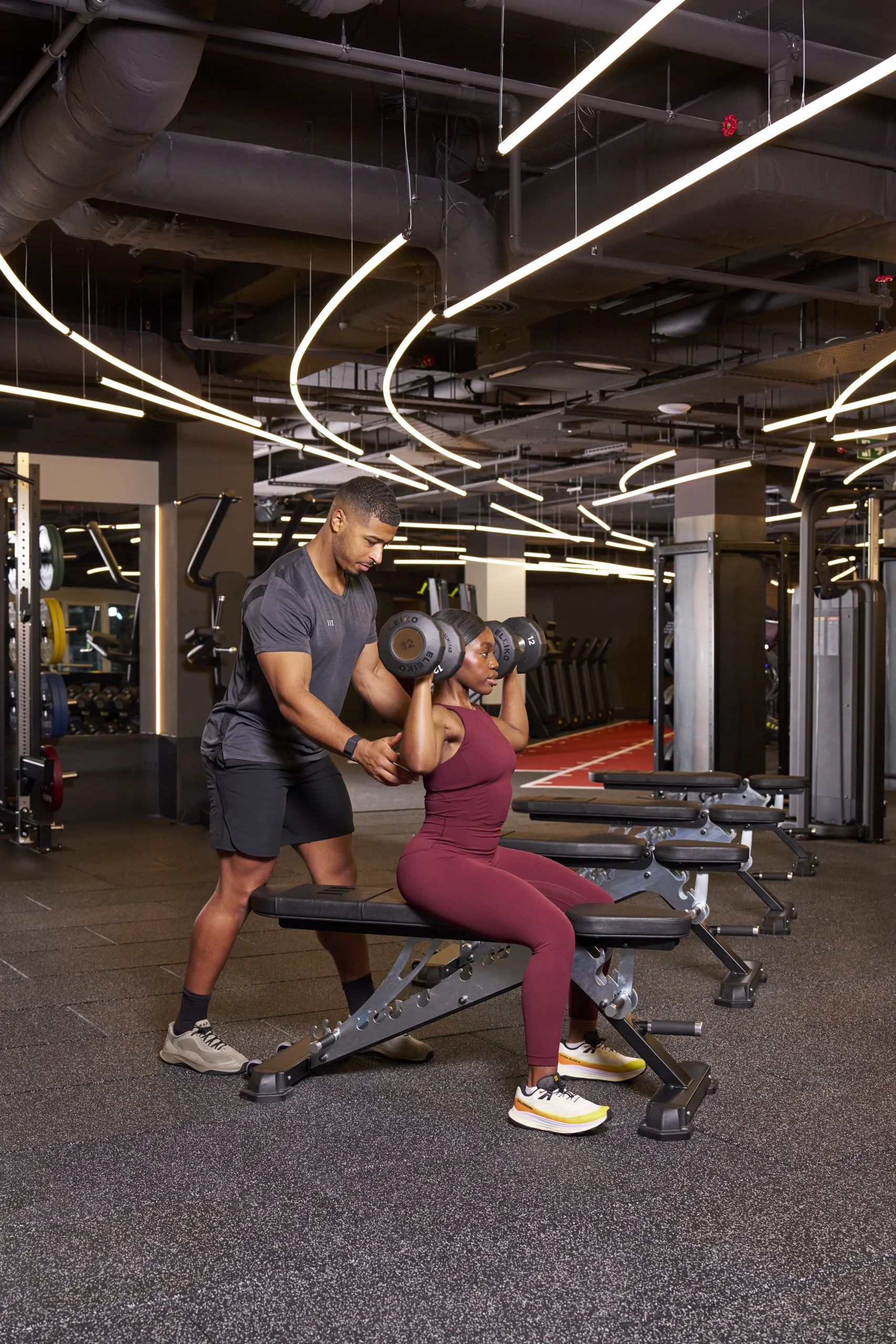- Linkedin Share
- Twitter Tweet
- Email Share
- Copy link Copy link Copied to clipboard
AMRAP, EMOM, ROM — in the world of fitness, there are plenty of acronyms that can form the basis of your workouts and training. RPE, DOMS and HIIT; EPOC, PBs and LISS. With this fitness shorthand spread across the internet, it can be hard to cut through the noise and focus on what’s actually going to help you.
There is, however, one acronym that deserves your time: RAMP. It stands for raise, activate, mobilise and potentiate, and can be a valuable tool in your fitness arsenal when it comes to warming up before a session. Below, we’ve recruited the help of Chris Stanton, Third Space Performance Master Trainer and triathlete coach, to help you get the most out of this game-changing warm-up protocol.
“Using the acronym RAMP, we can create a purposeful way to prep for each session and aid a longer-term development,” says Stanton. “A RAMP model is the most scientifically proven to prepare your body optimally.”
“The overall aim is to improve performance and reduce injury risk. It can enhance the physiological, psychological and skill levels in advance of a session. It provides a structure and objective for each phase and helps the athlete understand what they are trying to achieve.”
Raise
“The goal is to increase the core temperature and increase blood flow. The breathing rate also increases to get the necessary energy to the working muscles and prime the body for the workout.”
Activate
“Within the activation phase, our aim is to recruit the necessary muscles to aid stability and balance,” says Stanton. “This phase will ‘waken’ the neuromuscular connections to enhance coordination, allow faster reactions and effectively manage higher levels of speed and power.
Isometric contractions are ideal here, for example, a glute bridge, or a beast hold.”
Mobilise
“Our aim is to address any restrictions that may impede the quality of movement. Many members arrive with a stiff frame after hours of sitting. Natural movements are included to move in a way the body is designed to move. The focus will primarily be on the ankles, hips and T-spine, for example, lunge and squat patterns.”
Potentiate
“This is all about getting your body ready. It involves explosive or agility movements to further enhance the connections to the central nervous system. The muscles need to fire optimally when the demand of the movement requires them to do so. Consider reactive movements that also have acceleration and deceleration. Drop squats, plyometric drills or run specific drills like bounding.”
“As you repeat your RAMP warmup routine, for each subsequent session, you can adjust and tweak certain aspects to your specific needs,” finishes Stanton. “For example, you may find you need greater mobility through the ankles or hips so your warmup will be adjusted to include these areas of development.”
“When you begin the workout, you will find you are already moving with greater freedom, purpose and focus.”




